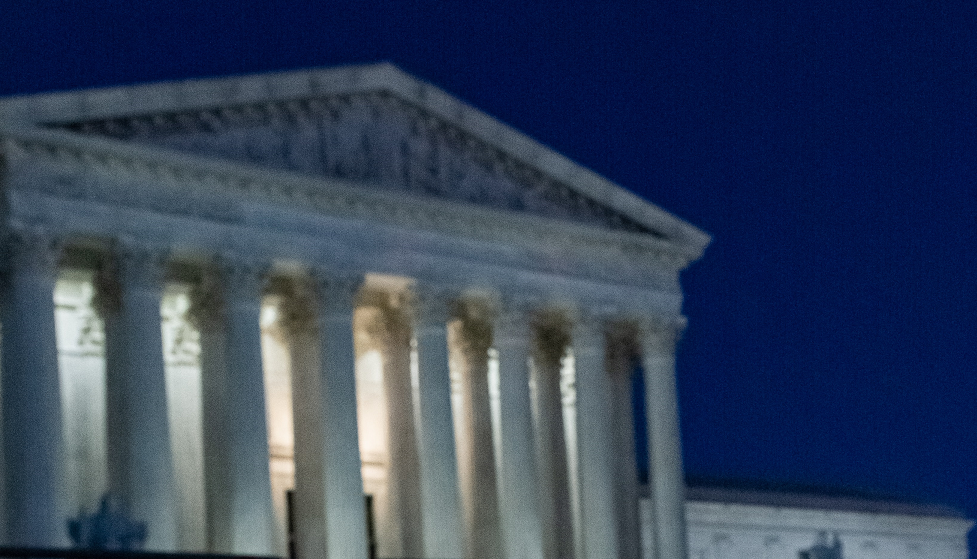The process of appeal consists of defendants submitting written briefs that point out some errors that warrant either a reduction of a sentence or reversal of a conviction.
When you are fighting a criminal case, your lawyer will make the best efforts to ensure that the case ends in an acquittal. The acquittal signals the end of the case because there is no scope for the prosecution to appeal an acquittal. But there is scope to appeal for convictions. When the judge/jury passes a guilty verdict, it is in no way the end of the case. If defendants think that there is some wrongdoing in the judgment, they can ask their Monder law criminal attorney to explore the possibilities of appealing.
What defendants can achieve by appealing
Appealing against the verdict by the defendant can serve many purposes, like making a motion against the trial judge to overturn the guilty verdict of the jury and enter a not guilty verdict. It is also possible to move for a new trial by asking the judge to set aside the jury’s verdict of the trial by treating it as a mistrial and start a new trial. A third option is to seek a writ, which implies asking the court to reverse or roll back the conviction.
What is an appeal?
An appeal is a request to a higher court to review a lower court’s decision and change it. The defendant may challenge the sentence or the conviction itself, and a successful appeal is like rebooting a case that restores the case to the initial stages but in some cases can result in a closure of the case altogether. It can happen if the appellate court finds insufficient evidence to try the defendant again.
Appellate framework and procedure
The state courts’ hierarchy consists of three tiers – trial courts and the appellate divisions, intermediate appellate court headed by a panel of three judges, and the Supreme Court consisting of nine or seven justices. The federal courts follow an identical hierarchy, and the United States Supreme Court is the highest federal court.
By complying with the statutory time limits of an appeal, defendants who have been convicted can generally appeal for a review by an appellate court. Some appeals about misdemeanors and infraction cases may go to the appellate division of a higher court.
The process of appeal consists of defendants submitting written briefs that point out some errors that warrant either a reduction of a sentence or reversal of a conviction. On receiving the government’s response, the appellate court may hear oral arguments of the parties involved. It may take some weeks or months for the appellate court to issue a written decision, either upholding the appeal or declining it.
Suppose the defendant is not happy with the conviction that the intermediate appellate court of the state upholds. In that case, a defendant is within the right to escalate the issue through appeals to the higher courts, including the US Supreme Court. But, it is up to the discretion of the higher appellate courts to entertain the appeal or reject it.


Join the conversation!